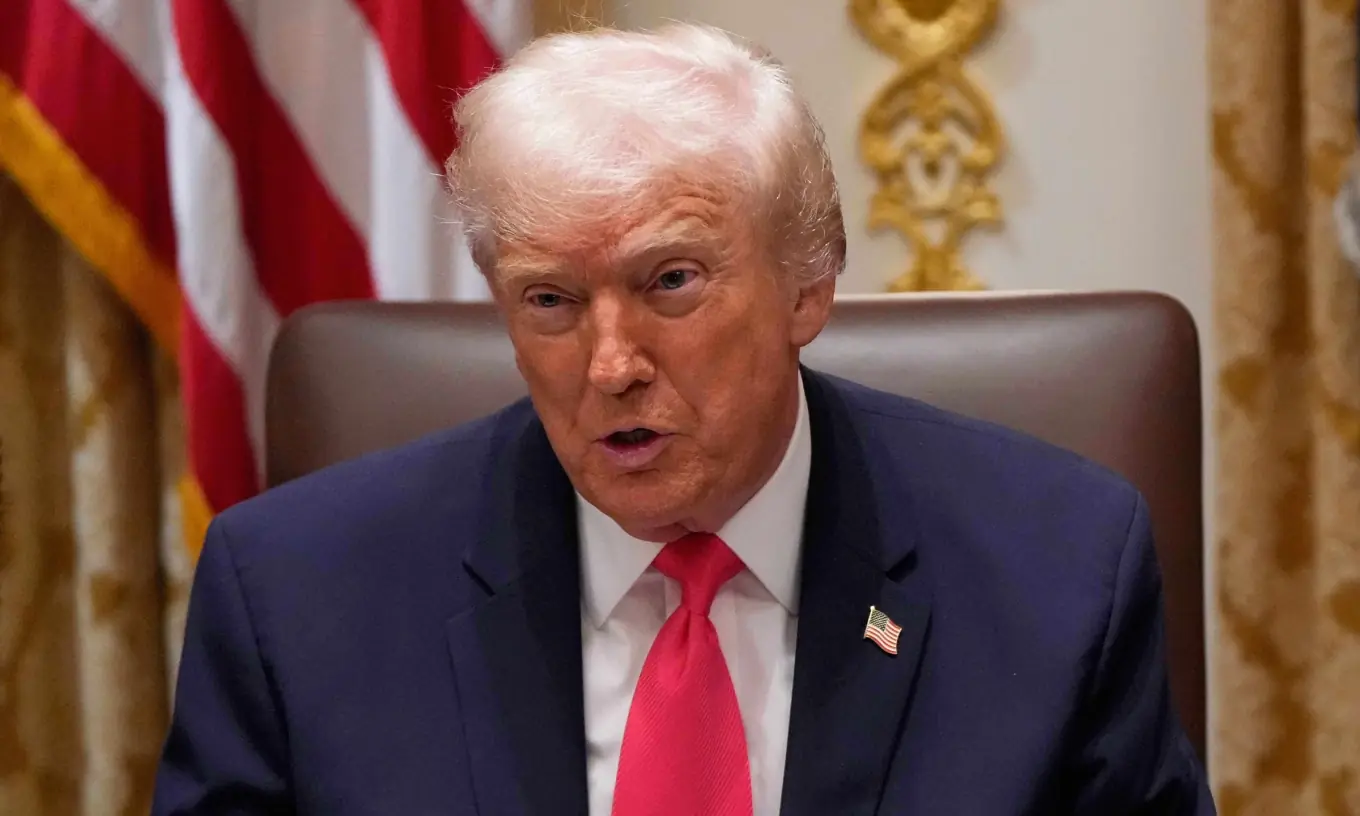
Many people discover "dangerous" diseases from seemingly normal symptoms
Experts also recommended that she undergo a chest CT scan, which revealed that the woman had an anterior mediastinal tumor, large in size (approximately 68x43mm), along with several enlarged mediastinal and left hilum lymph nodes. Immediately after, the medical team at Chợ Rẫy Hospital performed a biopsy of the tumor.
The pathological examination revealed that the patient's tumor was a form of Lymphoma. After receiving active intervention, the patient stabilized and returned to work as usual.
"Lymphoma generally responds well to chemotherapy, so the prognosis for this patient is better than that for patient M.," the treating doctor said.
Dr. Cao Thị Hồng, a specialist in charge of the HECI Center at Chợ Rẫy Hospital, explained that the mediastinum is the central region of the chest, surrounded in front by the sternum and costal cartilage, behind by the thoracic vertebrae, on both sides by the pleura, below by the diaphragm, and above by the cervical region.
The mediastinum contains many vital organs, such as the heart, esophagus, trachea, large blood vessels, nerves, and the thymus.
Mediastinal tumors can be primary or secondary and may be benign or malignant, including pericardial cysts, teratomas, benign thymic tumors, thymic carcinoma, lymphoma, germ cell tumors, and neurogenic tumors.
Many people discover dangerous diseases from seemingly normal symptoms.
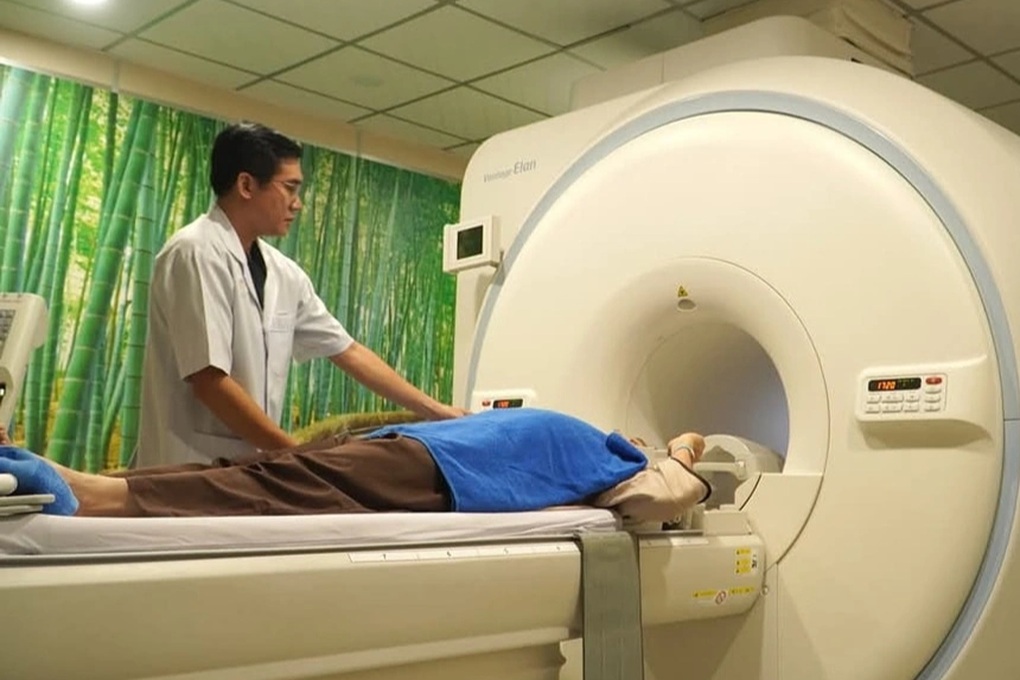
In the early stages, most patients have no symptoms because mediastinal tumors often grow silently.
In later stages, patients may develop symptoms such as chest pain, difficulty breathing when lying flat, hoarseness, wheezing, stridor, persistent coughing, sometimes coughing up blood, or difficulty swallowing due to the tumor pressing on the esophagus. Patients may also experience other clinical symptoms depending on the extent of the tumor’s pressure.
In addition to the risk of death if not treated in time, removing a mediastinal tumor is quite complex. Treatment of this condition requires multidisciplinary cooperation involving surgery, chemotherapy, and radiotherapy, and is typically carried out in specialized and general hospitals.
To detect and treat this condition early, doctors recommend that people have regular health check-ups, including chest X-rays or CT scans as needed.
News in the same category


Taylor Swift and Travis Kelce announce engagemen

Air India plane crash: reactions from across the world

RM, V, Jung Kook, and Jimin will soon be discharged from the military
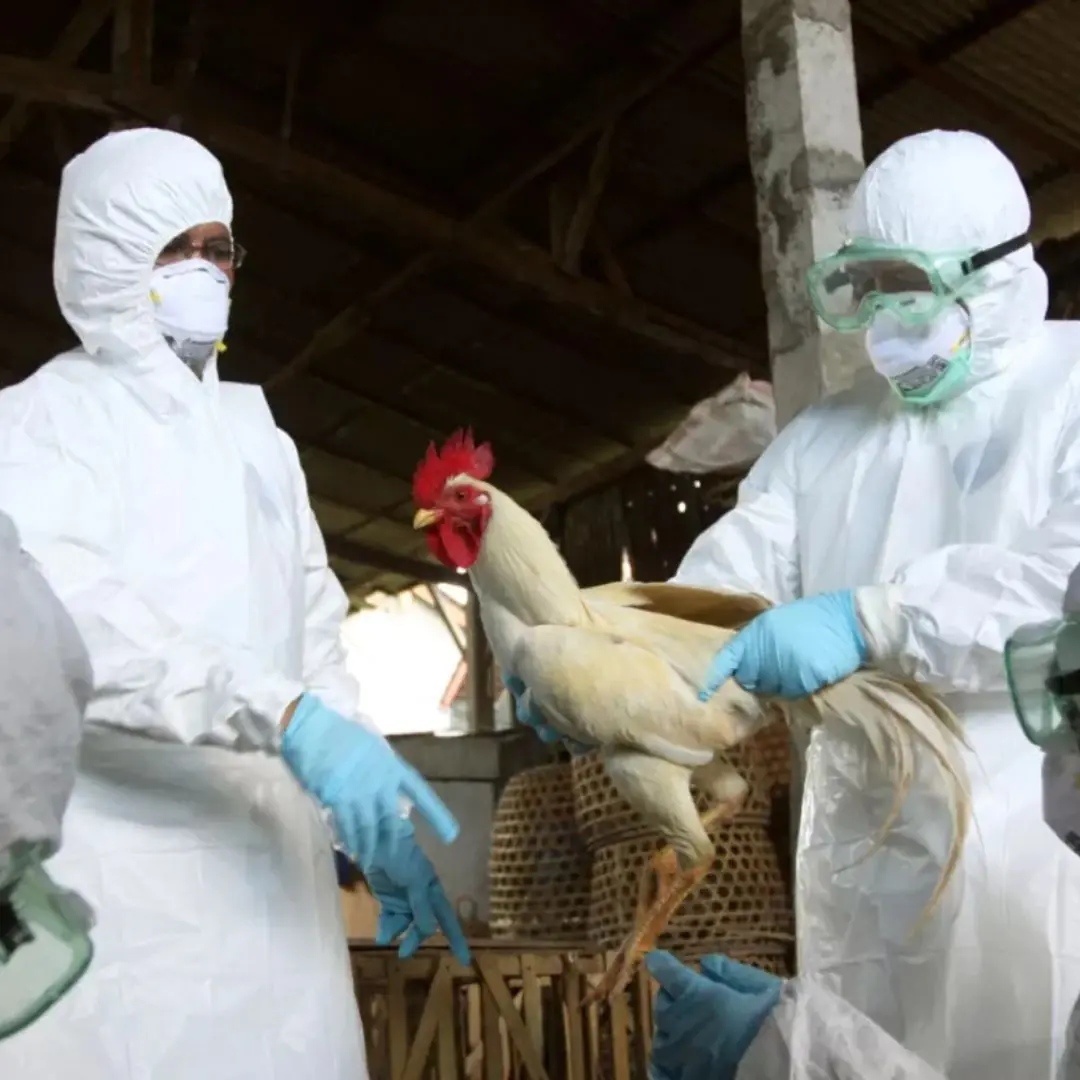
Experts Warn of Rising Bird Flu Th.r.eat: Could Avian Influenza Become the Next Pa.nd.emic?
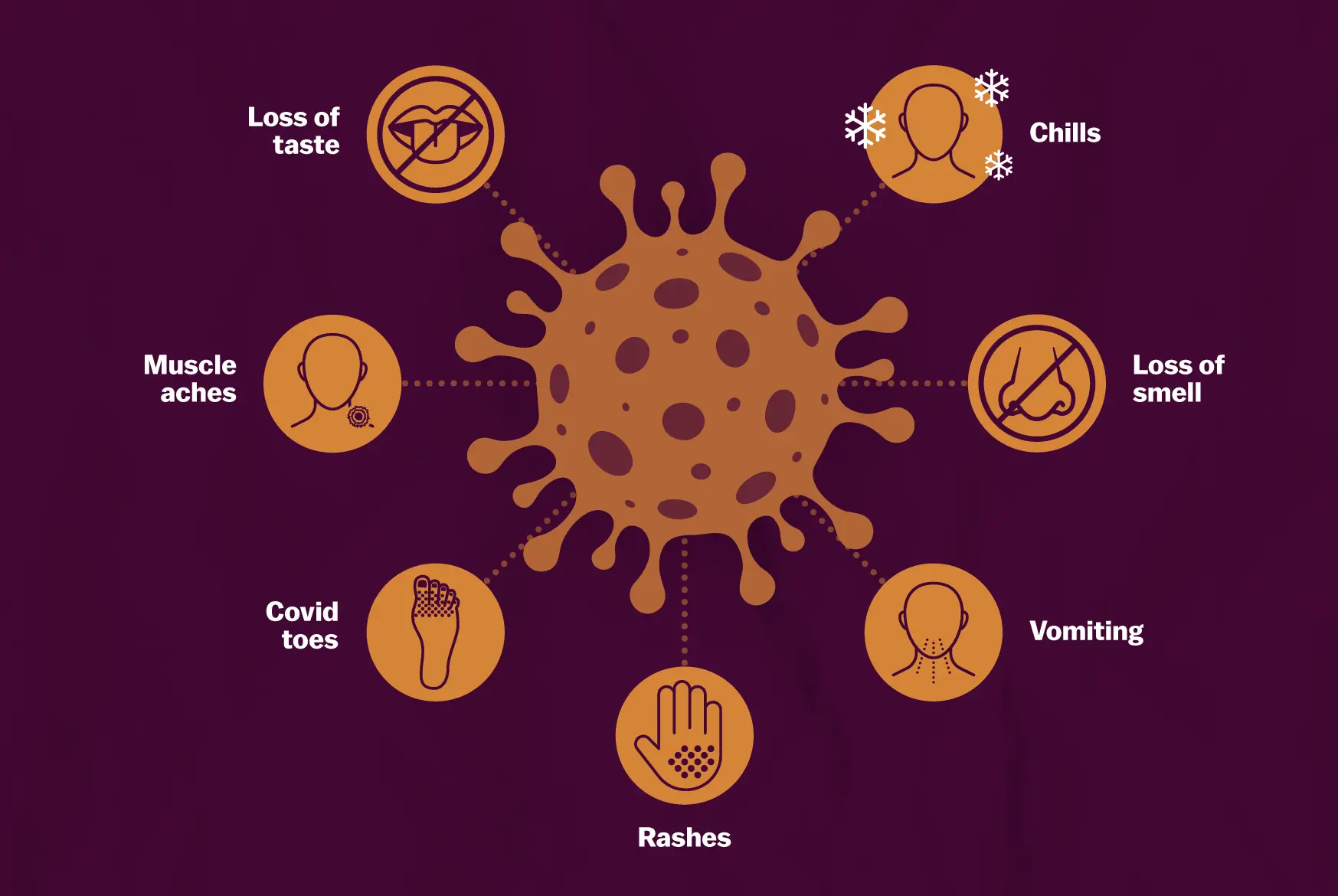
Covid-19 outbreak returns, “3 most obvious symptoms” recorded
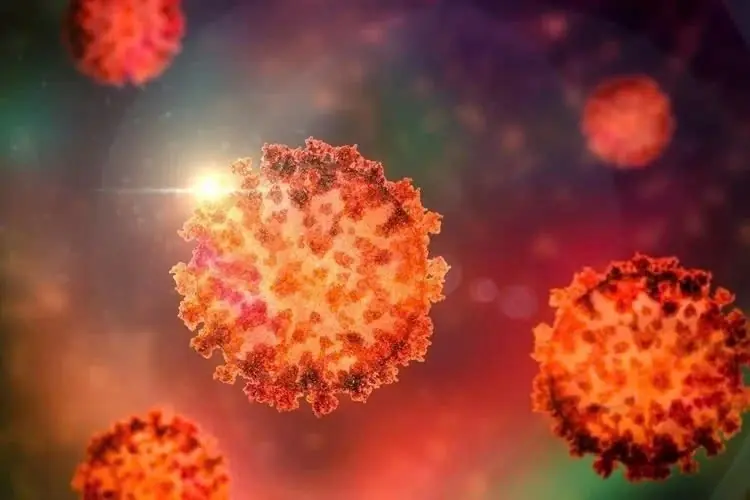
Symptoms, signs of new COVID-19 variant spreading 7 times faster than seasonal flu

How dangerous is the cancer that former US President Joe Biden has?

Why does the Covid-19 JN.1 variant persist?

IU & V reportedly spotted dining together at a luxury restaurant
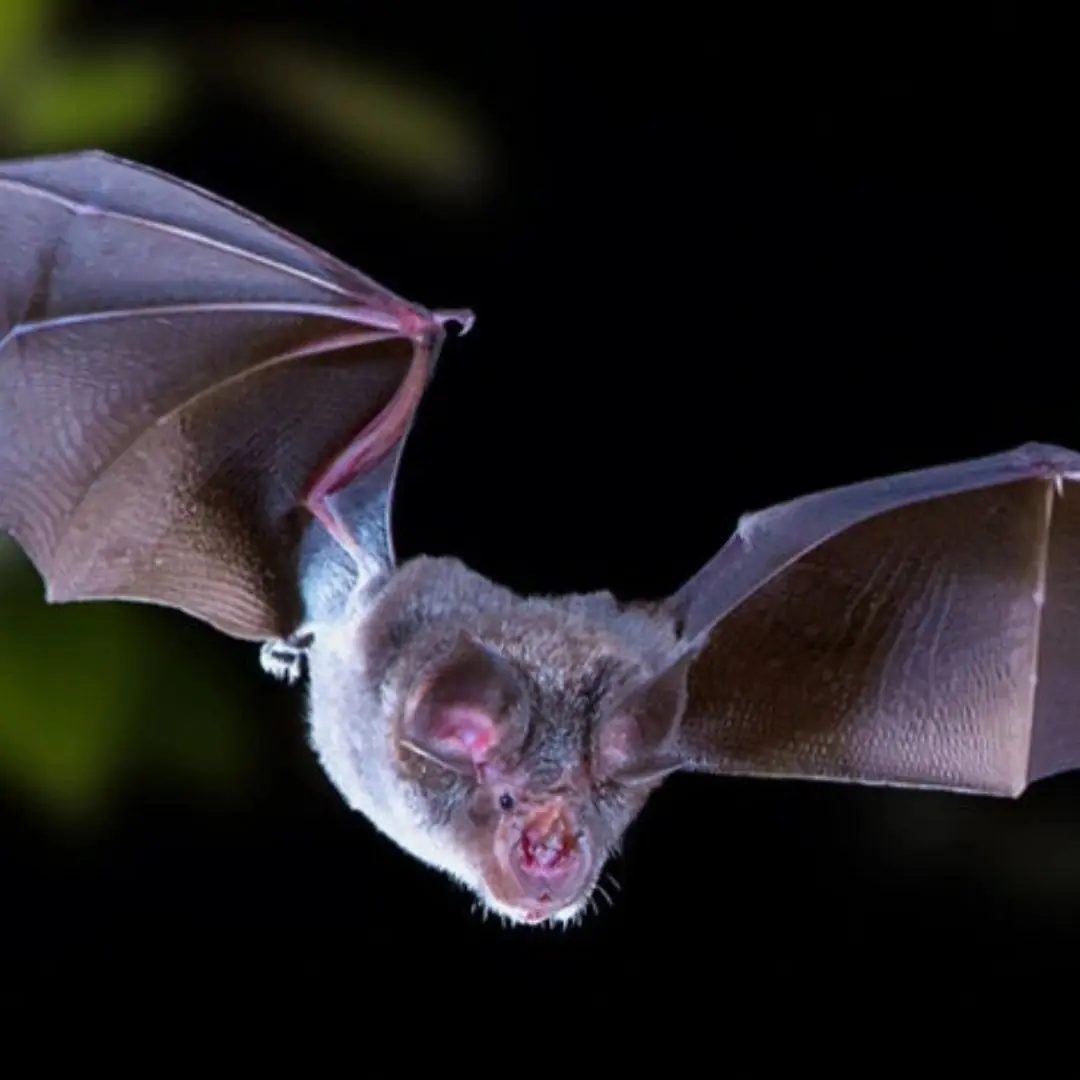
New virus discovered in bats that can infect humans like Covid-19
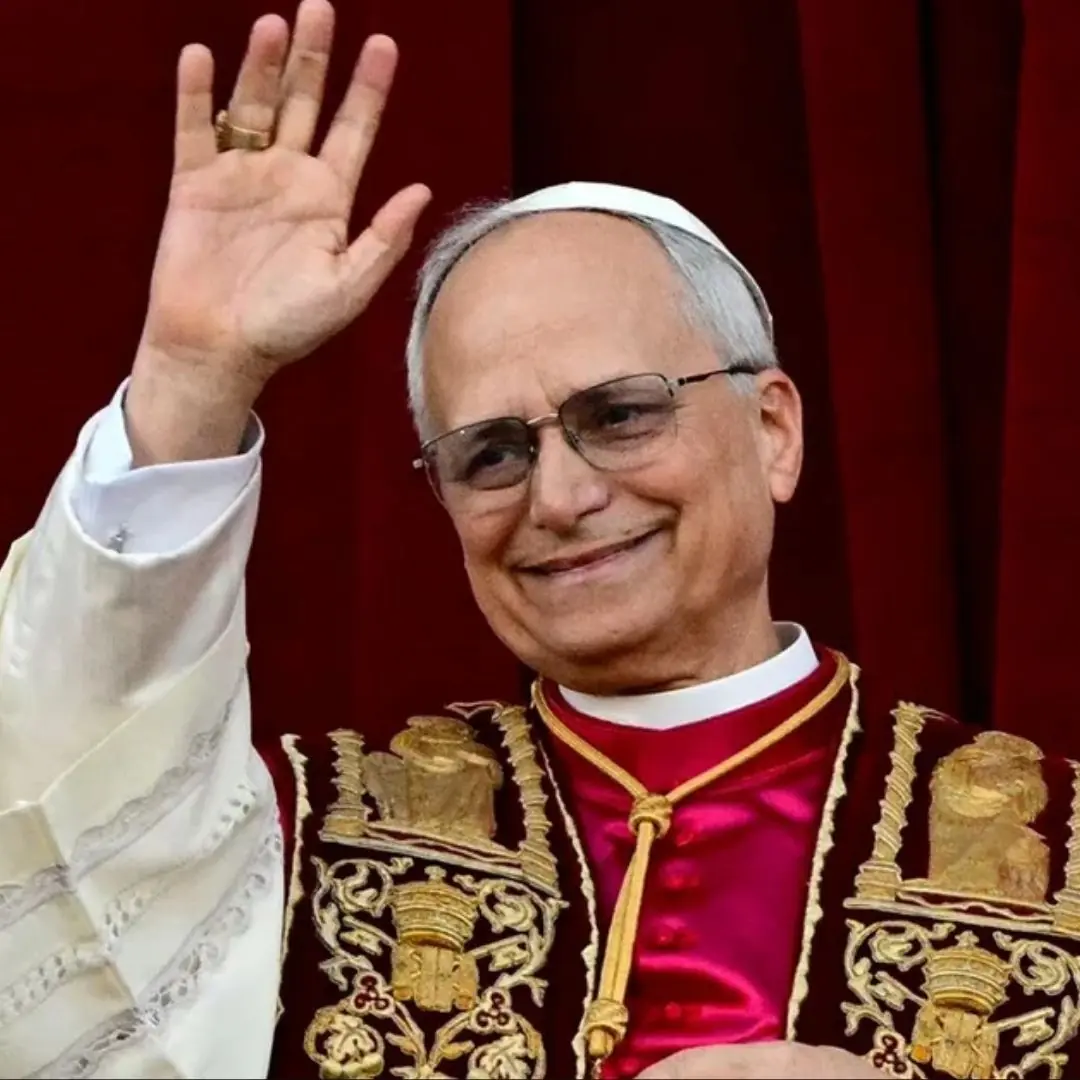
Cardinal Robert Francis Prevost elected as 267th pope, takes name Leo XIV
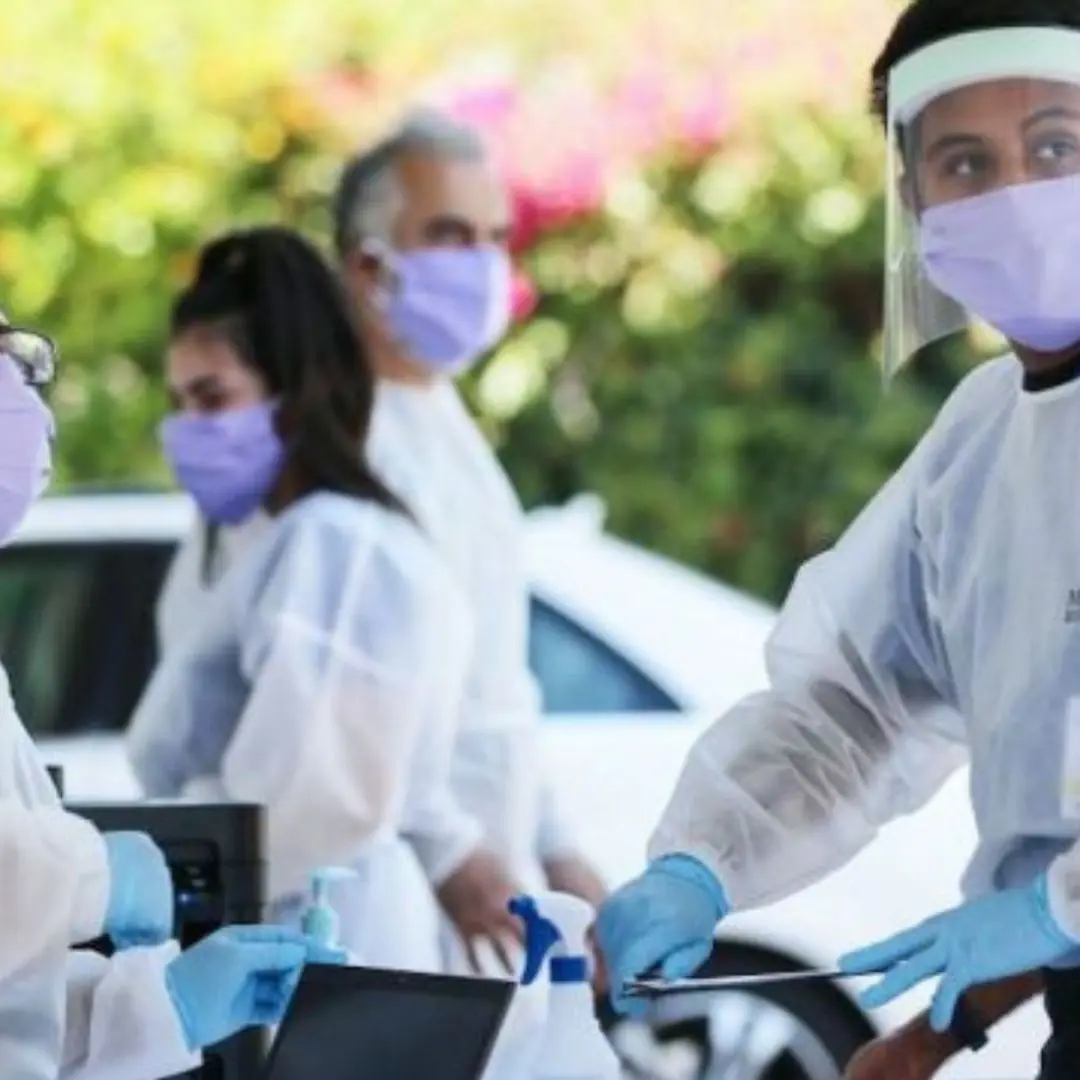
What COVID-19 variants are going around in April 2025?
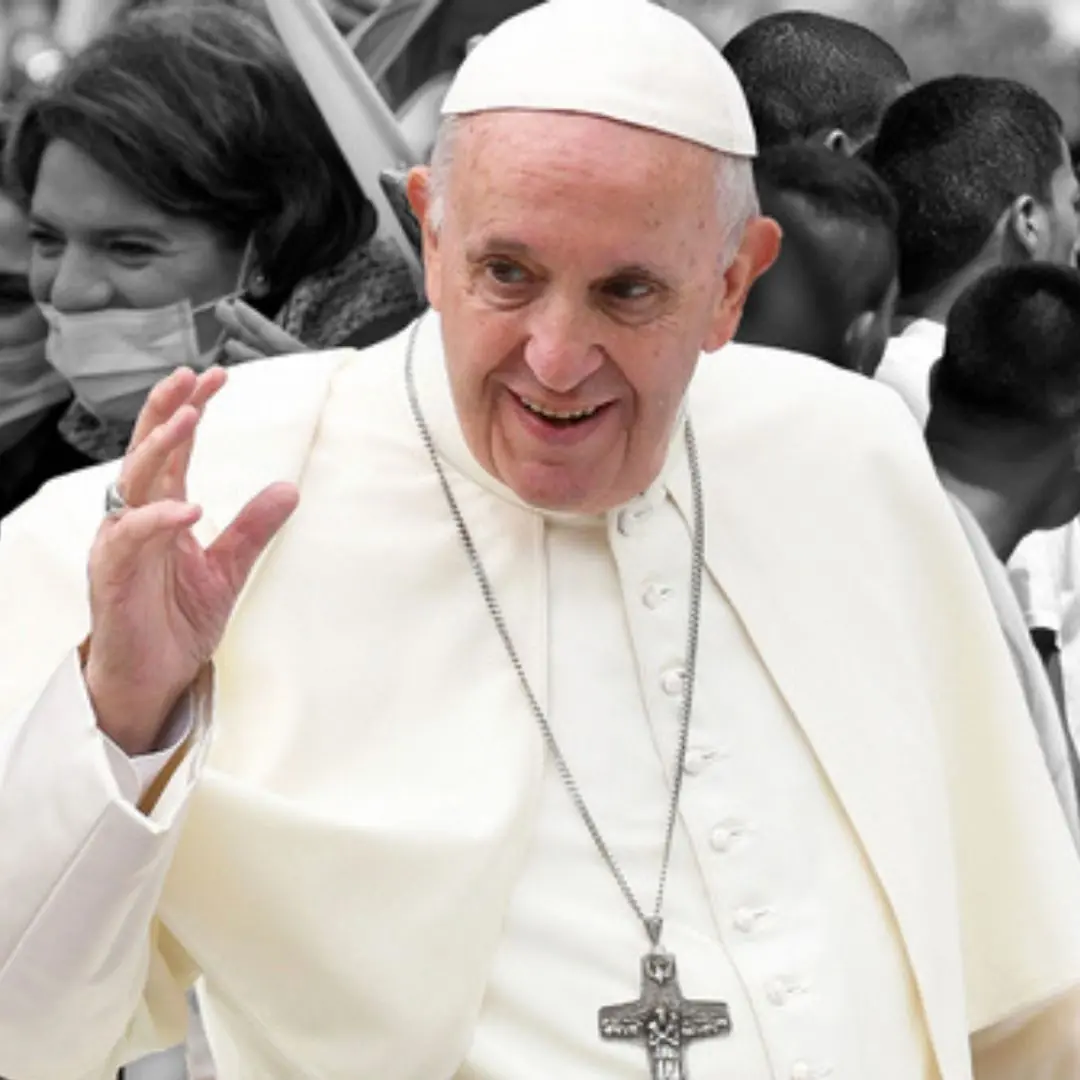
Pope Francis has d.i.e.d on Easter Monday aged 88

Kristen Stewart and Dylan Meyer Are Married!

‘Depende’: David Licauco on the possibility of courting Barbie Forteza

Limo from ‘Putin’s car fleet’ is bl.o.w.n up in huge blast as troops from par.an.oid ty.r.ant’s honour guard searched for b.om.bs
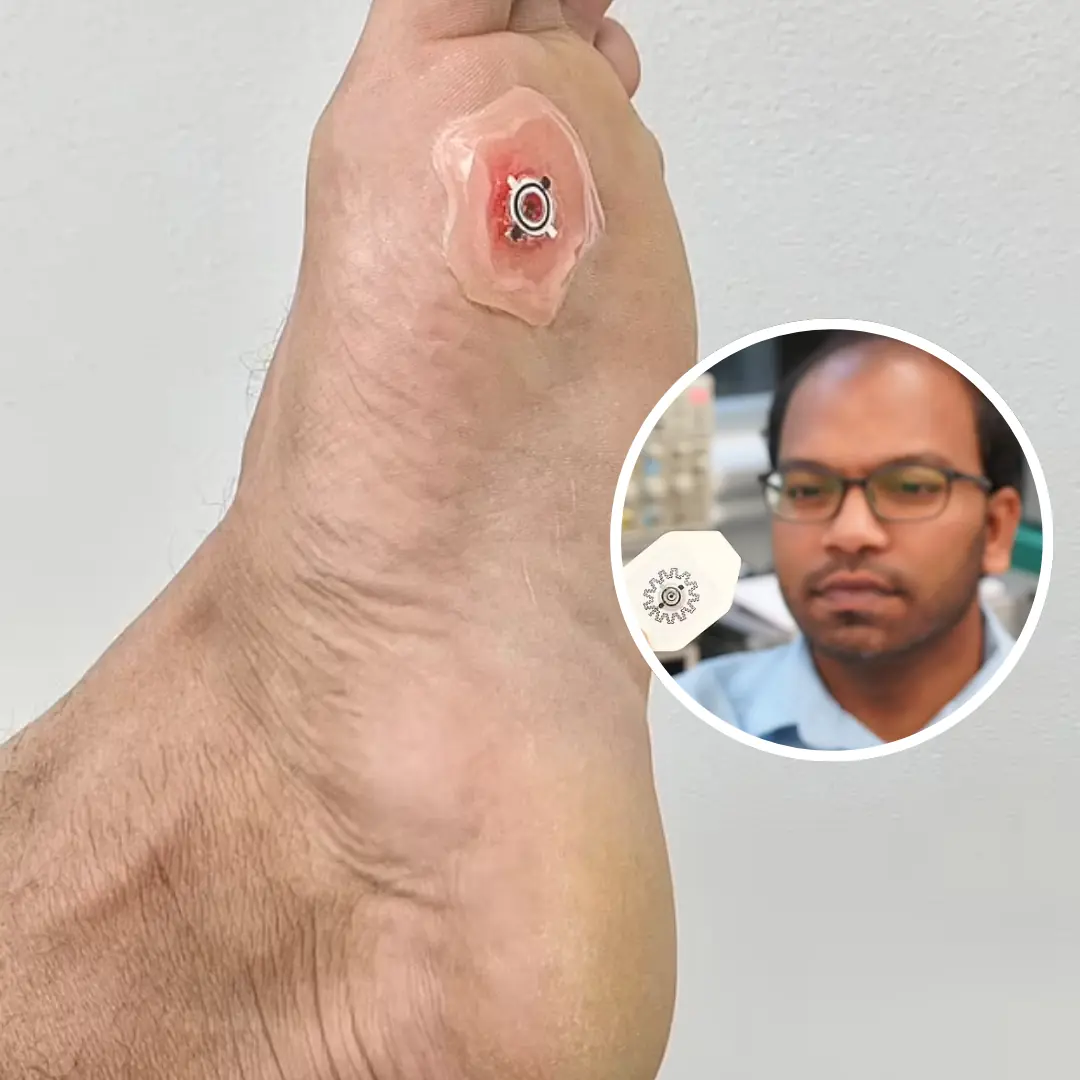
The band-aid of the future: Smart bandage heals injuries 30% faster than standard dressings by producing an electric field around the wound

NASA astronauts officially touch down on Earth for first time in 9 months after 8-day mission went wrong

Elon Musk's rocket can't take off, two scientists continue to be stuck in space
News Post

Sticky Oven-Baked BBQ Ribs

Herb-Glazed Sausage with Rosemary Pan Sauce

Savory Mushroom & Grain Puff Pastry Tart

Waking up with a dry mouth? These 8 common causes may explain why.

Braised Beef Short Ribs with Purple Potato Purée
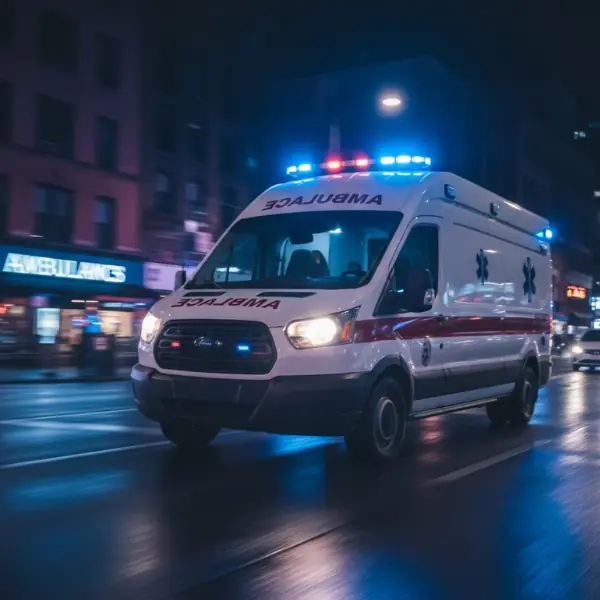
He drank water before sleeping… and never woke up. Doctors urge everyone to avoid these 4 drinks at night.
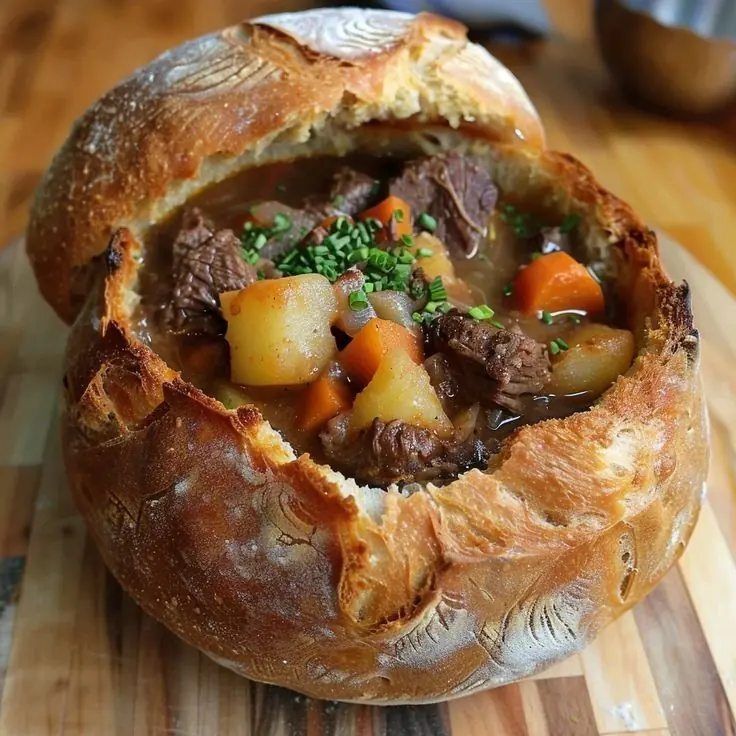
Beef Stew in a Bread Bowl
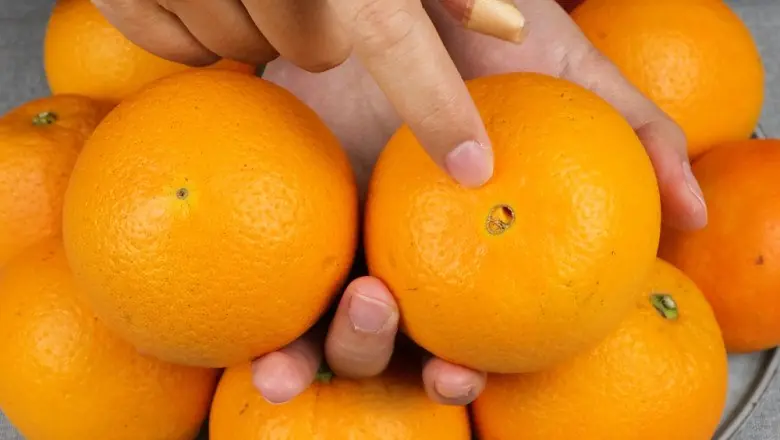
When buying oranges, should you choose ones with a big or small “navel”? Here are 4 tips to pick super-sweet oranges

Loofah, Bottle Gourd, and Squash: Nutritious Vegetables - But Never Eat Them If They Taste Bitter
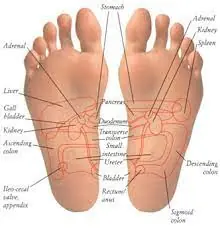
Signs on your feet that your internal organs are warning you that you should go to hospital immediately

One week of coconut water on an empty stomach: A simple habit with big rewards
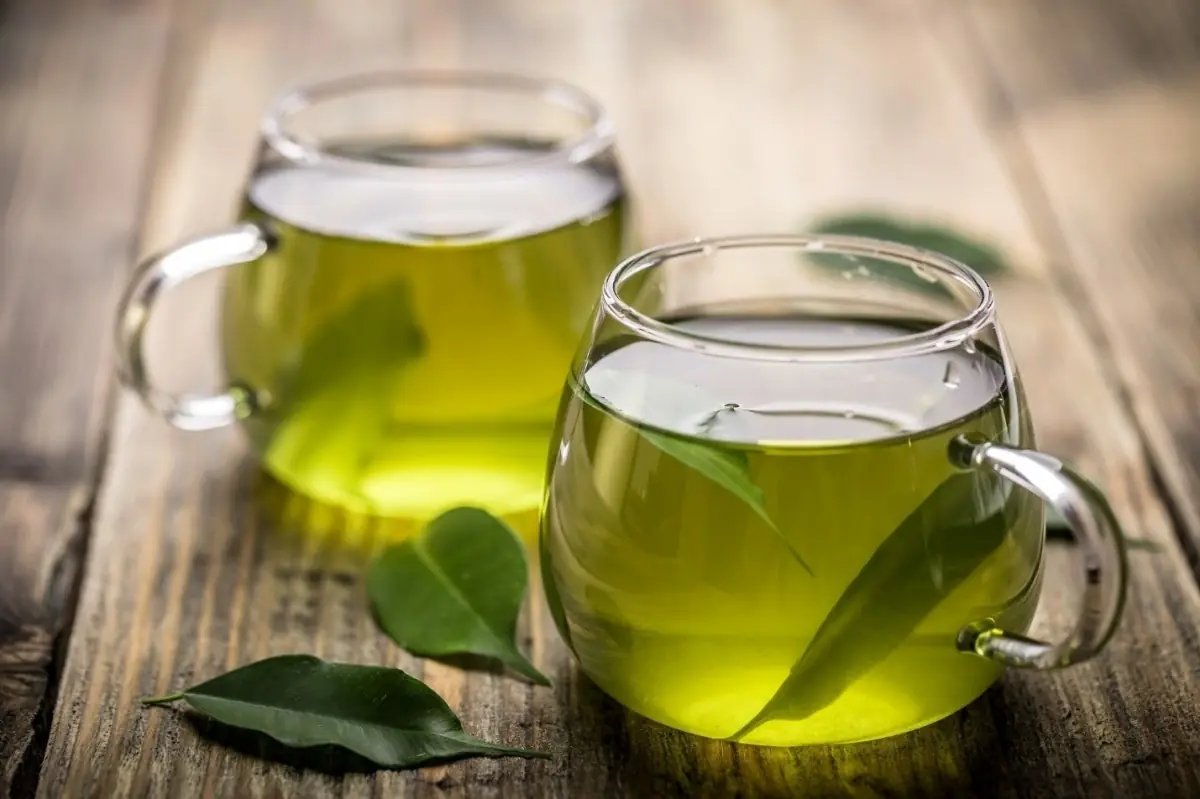
Oxford research finds a drink that helps “ward off” colon can.cer
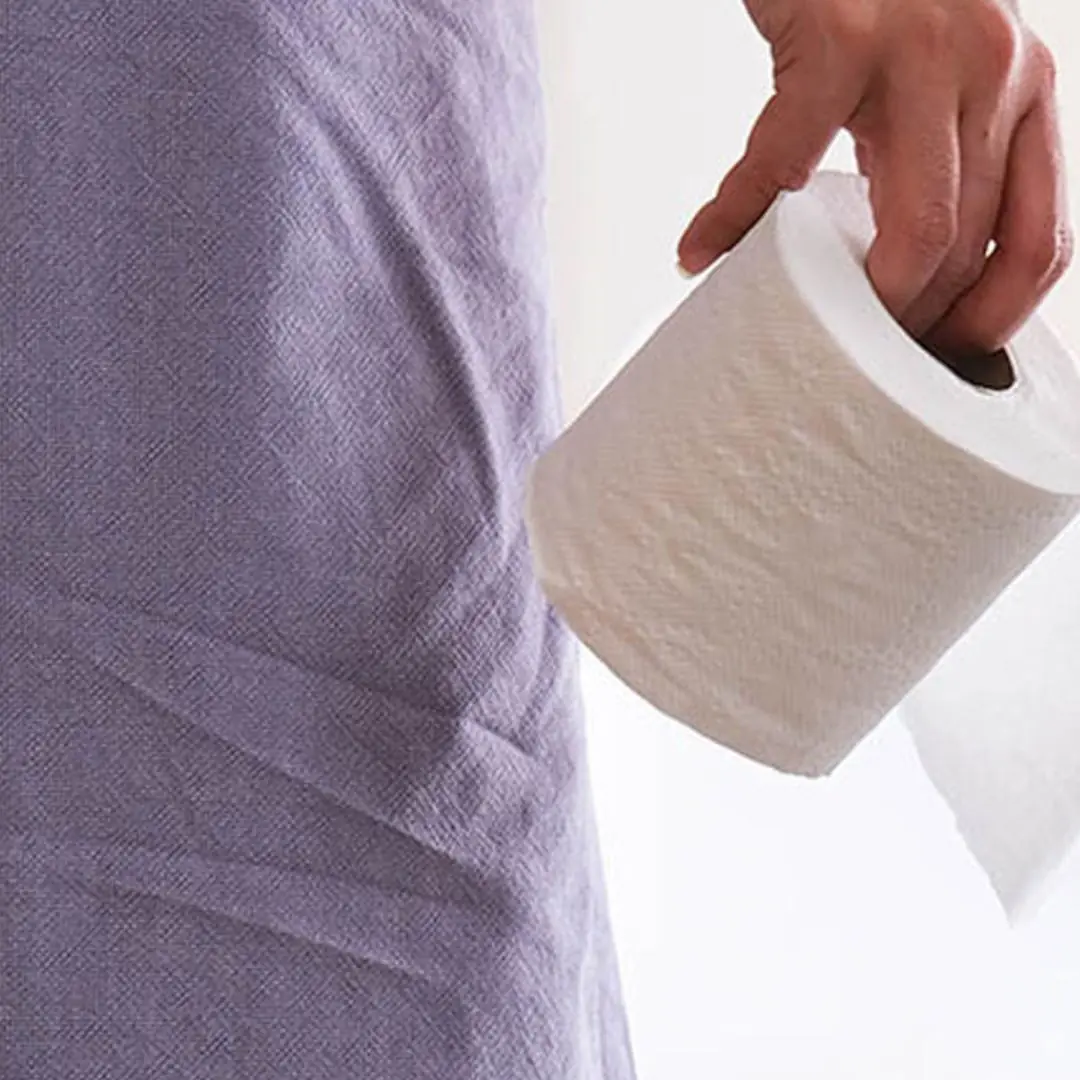
Doctor shares what it means if you always need to poo immediately after you eat (it isn’t just IBS)
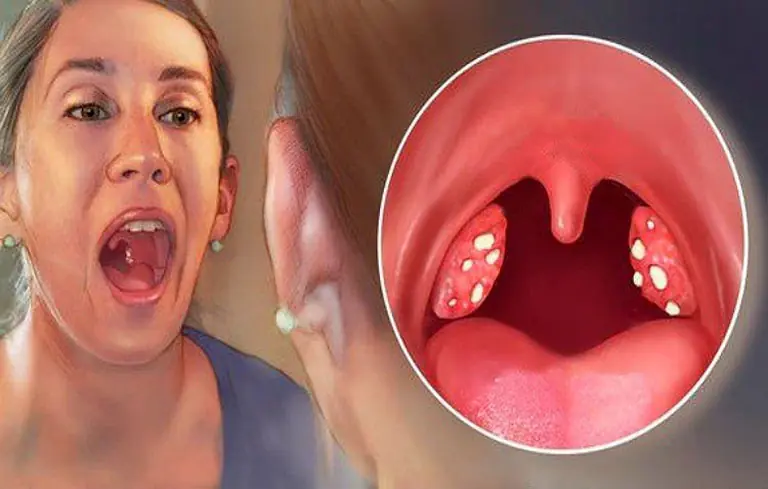
Suddenly something feels stuck in your throat - then a small lump comes out. What is it?

Leaf of life – The healing plant growing in your backyard

6 Gentle Drinks for People with Insomnia - Plus Simple Habits That Help You Sleep Better Naturally
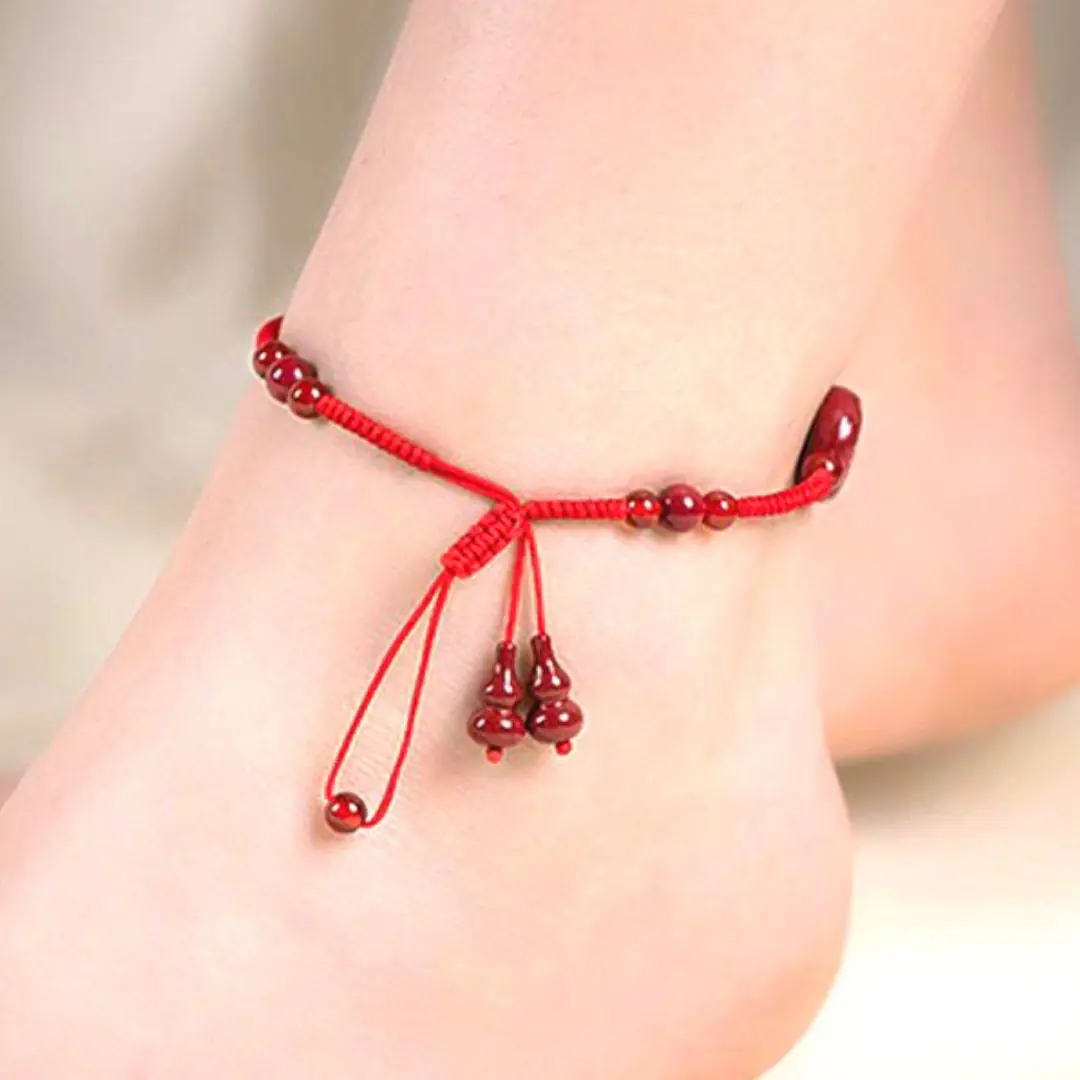
The Cultural Meaning of Ankle Bracelets You May Not Know
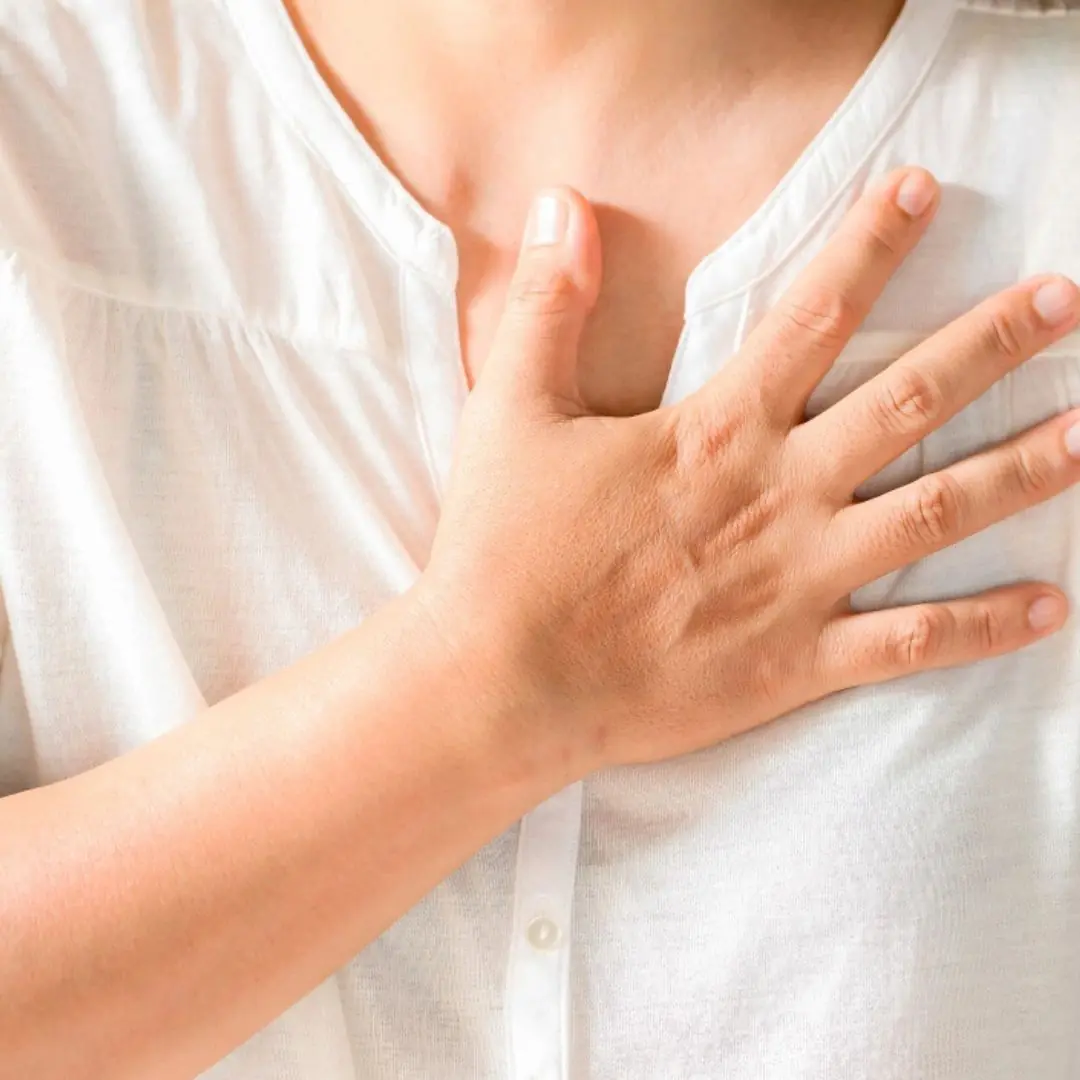
Subtle Heart Attack Symptom Many Women Miss Without Realizing
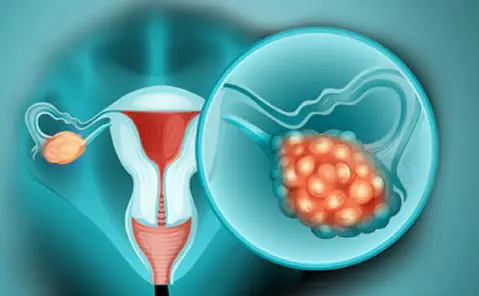
The link between ovarian can.cer and breast can.cer
